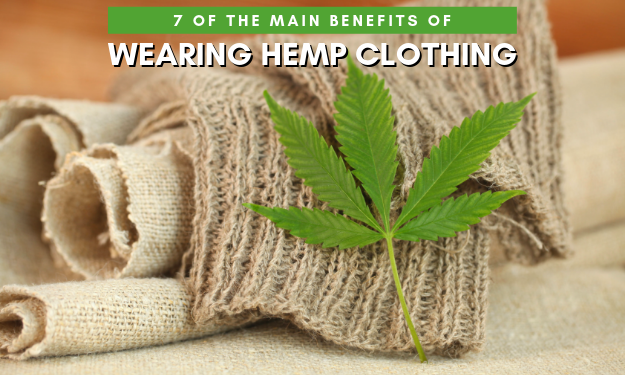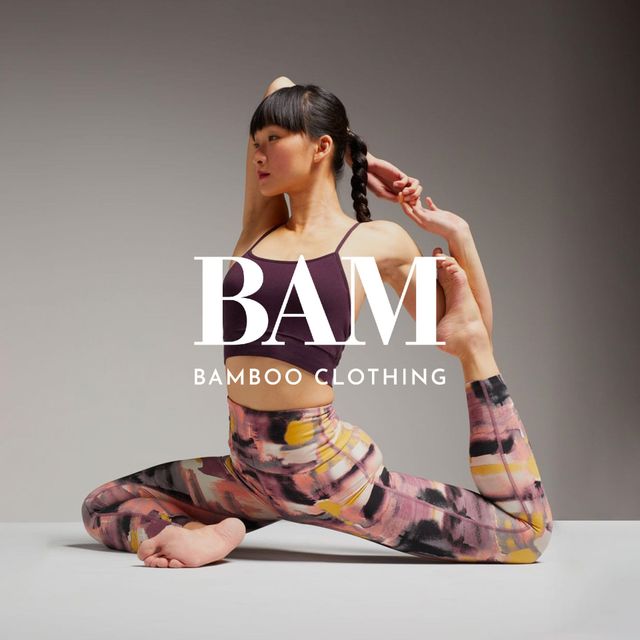Recommended Advice For Picking Hemp Clothes
Wiki Article
What Are The Environmental Advantages Of Hemp Clothing Made From Low-Impact Fibres?
Hemp clothing that is low impact is more environmentally friendly than clothing made out of synthetic fibers. Here are some of the important environmental benefits of hemp clothing: Sustainable FarmingHemp - Hemp is a very eco-friendly crop. It grows quickly and requires very little water, pesticides, and herbicides in comparison to other crops. Hemp thrives in all climates and soil types. It also reduces the need of chemical pesticides in agriculture.
Hemp typically uses a lot less water compared with conventional cotton. Cotton is known to use a lot of water. This makes hemp clothing a more efficient option when it comes to water usage.
Hemp can often be grown without synthetic pesticides, herbicides or any other chemical. This helps reduce the negative environmental impact of chemical agriculture.
Hemp cultivating can improve soil quality because of its roots that are deep-rooted. This aids in preventing erosion and compaction of soil. It can also make the soil fertile for future plantations.
Biodegradability Biodegradability Hemp fibers biodegrade and decompose naturally over time. This helps reduce the environmental impact of textile waste. Contrary to synthetic fibers such as polyester, which may take thousands or even hundreds of years to degrade.
Lower Carbon Footprint Hemp fibers are made with lower carbon footprint that synthetic materials. Hemp can also act as an absorber of carbon dioxide by absorbing it from the air during its growing process.
Hemp clothing has earned a reputation for its durability and wear-and-tear. Good quality hemp clothes will last for years. This means you won't have to replace them often and will reduce the amount of the amount of waste.
Hemp plants exhibit natural resistance to numerous pests. Chemical pest control is not necessary.
Flexibility- Hemp can be utilized in a variety of textile uses that include bags, clothing, and accessories, making it a versatile and sustainable choice for fashion and textiles.
Regenerative Agriculture- Certain sustainable farming practices integrate hemp into regenerative agricultural systems, which aim to restore and improve the ecosystem while also producing crops. This practice can have positive environmental impacts.
While hemp has many advantages for the environment, its sustainability is impacted by other aspects, such as the transport, dyeing process and the behavior of consumers. Additionally, as with any industry, there can be variations in production practices and standards. Therefore, it's recommended to seek out certified organic or sustainable hemp clothing choices to guarantee the greatest environmental benefits. Have a look at the top rated these details on hemp clothes for blog recommendations including clothes made from hemp, patagonia iron forge pants, jeans hemp, hemp yoga clothes, patagonia hemp vest, hemp clothing near me, hemp fleece fabric, patagonia hemp overalls, hemp dress, hemp pants womens and more.

What Are The Practical And Technical Advantages Of Hemp Clothing Versus Traditional Fibers?
Hemp clothing is a sustainable option that offers many functional and technical benefits over traditional fibers. Here are some ways in which hemp clothing stands out as an eco-friendly and high-performance option- Moisture Wicking and Breathability-
Hemp fibers are very absorbent and moisture-wicking. It makes hemp clothes suitable to wear in a range of climates. They can help wick away moisture, keeping the wearer cool and dry during hot weather.
Temperature Regulation
Clothing made from hemp is very thermoregulatory and breathable. Hemp clothing can help keep you warm by capturing heat near the body, and cool you down in hot temperatures because it allows heat and moisture to escape. The natural regulation of temperature can reduce the necessity to regularly change clothes.
Durability and Longevity-
Hemp is well-known for its durability. Hemp clothing is believed to be more durable and resistant to wear than other fibers that are used in traditional fashion, such as cotton. The result is that hemp clothing can last longer. It also means less need for frequent replacements.
UV Protection
Hemp fibers shield the skin from UV radiation and provide the skin with UV protection. This can be particularly useful for outdoor activities and sports.
Biodegradability:
Hemp clothing breaks down in time. This reduces the textile waste's environmental burden, as synthetic fibers are able to persist in landfills.
Low Environmental Impact
Hemp is usually grown using fewer pesticides, herbicides, and synthetic fertilizers than cotton. It also uses less water, which makes it a greener option. The ecological benefits of organic hemp farming are even more pronounced.
Carbon Sequestration
When they grow, hemp plants can absorb carbon dioxide from the air. This is why hemp can serve as a carbon sink to help reduce greenhouse gas emissions.
Sustainability and Crop rotation
Hemp can easily be integrated into crop-rotation systems that improve the overall health of soils. It also reduces the chance of soil depletion or the accumulation of disease. This sustainable farming method contributes to the eco-friendliness.
Versatility:
Hemp fibers are blended with other substances, such as organic polyester or recycled cotton, to create eco-friendly, high-performance blends of fabrics. This flexibility lets textiles be innovative and eco-friendly.
Low Toxicity
Hemp fibers have a low toxicity level and do not require extensive chemical processing to make. This minimizes the effect of textile production on the environmental.
Apart from hemp's numerous practical and environmentally friendly benefits, it is important to remember that the sustainability of clothing can be impacted by other factors such as dyeing methods and transportation methods, as well as ethical working practices. To make conscious choices for the environment, consumers should look for brands that focus on sustainability, transparency, and ethical manufacturing practices, while using hemp and other sustainable fibers in their designs. Read the recommended hemp clothes for blog advice including jungmaven sweatshirt, hemp sweater, hemp garments, hemp apparel, t shirt hemp, hemp dress, hemp bathing suit, hemp active wear, patagonia work pants hemp, hemp baja hoodie and more.

What Are Some Advantages Of Bamboo Clothing For Comfort And The Environment?
Bamboo clothing is ecologically friendly and comfortable.
Softness- Bamboo is known for its incredibly soft. It is silky smooth texture which is a pleasure to touch. Bamboo clothing is extremely soft and popular for loungewear, activewear intimate apparel, and other kinds of clothing.
Breathability - Bamboo fibers can be naturally breathable and moisture-wicking. The micro-gaps allow air to circulate and help keep your body cool. The moisture-wicking properties of the fabric assist in removing sweat from the skin. This reduces the sensation that the garment is damp.
Bamboo clothing is a great thermoregulating qualities. It can keep you warmer in colder temperatures by retaining the heat near to your skin. In hot weather, it can help you stay cooler by allowing heat and moisture to go away. Bamboo clothing is suitable to wear all the time because it is adaptable to different temperatures.
Hypoallergenic bamboo fabric is hypoallergenic, and gentle for sensitive skin. It is less likely cause allergies or irritation. This makes it an ideal choice for those with allergies and skin sensitivities.
Bamboo fibers are naturally antimicrobial properties that prevent the growth and spread of bacteria that cause odor. This helps bamboo clothing to remain fresh after physical activity.
Environment-
Bamboo is sustainable- It is a renewable, sustainable resource. Bamboo is among the fastest growing plants on the planet. It requires little water and doesn't require herbicides or pesticides in order to grow. Bamboo can be harvested without damage to the plant since its roots regenerate.
Bamboo is naturally water efficient. It can survive with little water and can grow with only rainwater.
Biodegradability- Bamboo clothing is biodegradable meaning it naturally decomposes in time after being disposed of. This property reduces non-biodegradable waste textiles that end up in landfills.
Carbon Sequestration- Bamboo plants can absorb carbon dioxide (CO2) from the atmosphere during their fast expansion. Bamboo cultivation can be a carbon sink which can aid in reducing climate change through reducing greenhouse gases.
Chemical Reduction The bamboo fabric is made with fewer chemical treatments than other types of textiles. This reduces the impact on the environment of textile production.
Closed-Loop Process- Certain bamboo fabric manufacturing processes are closed-loop, which recycles water and chemical waste, while minimizing pollution and waste.
Be aware that the environmental impact for bamboo clothing is different according to whether it's manufactured using sustainable and properly managed bamboo forest. To get the most sustainable results for the environment consumers should select bamboo clothing made with sustainable and ethical methods. View the top bamboo clothes blog for site advice including angel dear bamboo pajamas, cozy earth clothes, bamboo apparel wholesale, freefly summer hoodies, ladies bamboo tops, bamboo hawaiian shirts, boody clothing, childrens bamboo socks, bamboo shorts womens, freefly summer hoodies and more.
